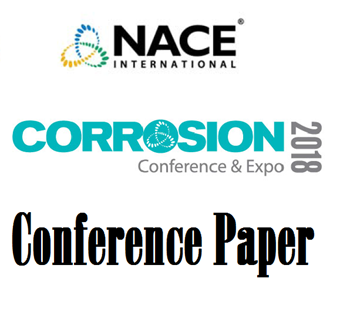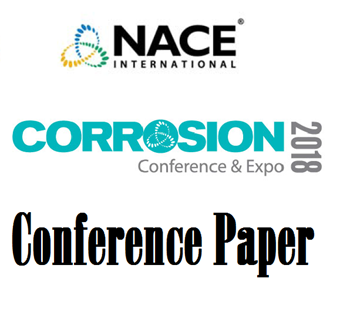Search
51318-10993-Optimizing Biocide Selection for Stimulation Applications
Also Purchased
51318-10982-Analyzing Pig Returns from a Subsea Pipeline for MIC: Sampling and Testing Challenges
Product Number:
51318-10982-SG
Publication Date:
2018
$20.00
51318-10996-Applicability of the Shields Number for Prediction of Particle Movements in Oil Transmission Pipelines
Product Number:
51318-10996-SG
Publication Date:
2018
$20.00
51318-10997-Effect of Alloying Elements on the Corrosion Behavior of Carbon Steel in CO2 Environments
Product Number:
51318-10997-SG
Publication Date:
2018
$20.00




